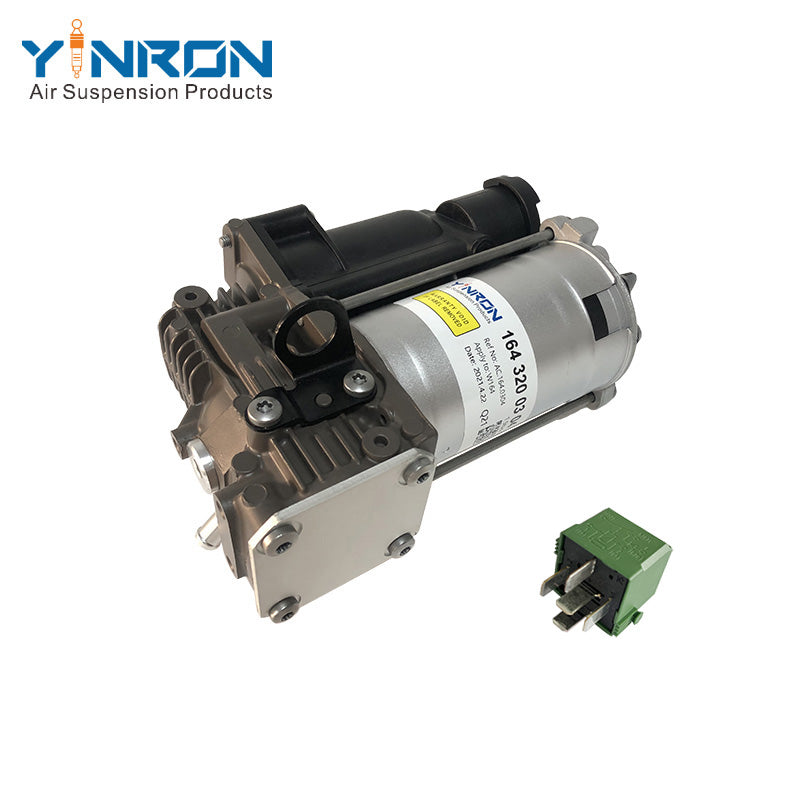Air suspension systems have become increasingly popular in recent years due to their ability to provide a smoother ride and better handling. However, these systems require a reliable air suspension pump to function properly, and proper installation is crucial to ensure the longevity and effectiveness of the pump. In this blog, we will discuss some important precautions and guidelines to follow when installing an air suspension pump.
- Identify Common Causes of Air Suspension System Leaks
The most common cause of air suspension pump failure is air leaks in the system. These leaks can cause the pump to overwork and burn out. The most common causes of air leaks are worn out air springs, worn out seals, O-rings, and air hoses, and leaking distribution valves. Before installing a new air suspension pump, it is essential to identify and fix any leaks in the system.
- Replace the Relay Before Installing the New Pump
The air suspension pump's relay is responsible for controlling the pump's operation. When the pump runs for an extended period, the relay's contacts can stick together, causing the pump to run continuously, leading to overheating and eventual burnout. Therefore, before installing a new air suspension pump, it is important to replace the relay to ensure the new pump's proper function.
- Change the Air Filter to Prevent Moisture Ingress
The air filter in the intake hose is responsible for preventing moisture from entering the air suspension system. Over time, the filter can become clogged, causing the pump to draw in moisture, which can cause rust and eventually burnout. Therefore, it is essential to change the air filter regularly to prevent moisture ingress.
- Replenish CO2 or Nitrogen as Needed
Continental brand air suspension pumps are designed for use in sealed systems that require pressure compensation. If you are replacing any air suspension components, such as the pump, air springs, or distribution valves, it is crucial to refill the system with CO2 or nitrogen, as recommended by the vehicle manufacturer. Failure to do so can cause damage to the new pump and void the warranty.
- Check for Leaks After Installation
After installing the new air suspension pump, it is important to check the system for any leaks. The easiest way to do this is to park the vehicle and measure the distance from the ground to the bottom of the mudguard. The next day, measure the same distance and compare it to the previous measurement. If the distance has changed, there may be a leak in the system that needs to be addressed.
Conclusion
Installing an air suspension pump is a job that should be left to professionals or qualified mechanics. However, understanding the precautions and guidelines discussed in this blog can help you ensure the proper installation and functioning of the air suspension pump. By identifying and fixing any air leaks, replacing the relay, changing the air filter, refilling the system with CO2 or nitrogen, and checking for leaks after installation, you can help ensure that your air suspension system provides a smooth and comfortable ride for years to come.

